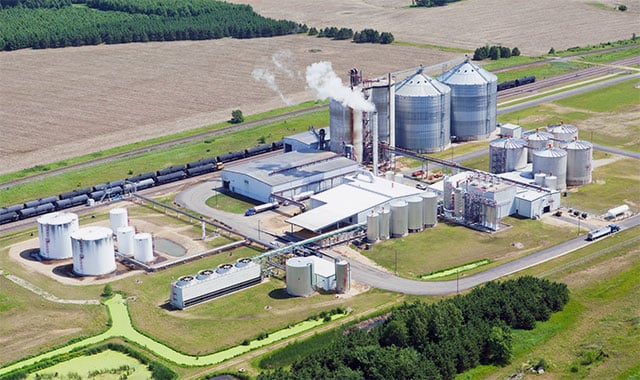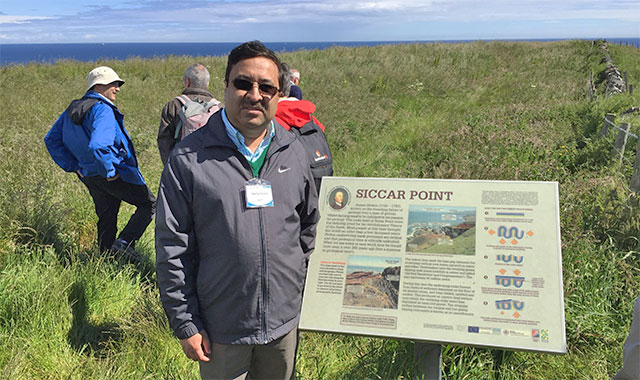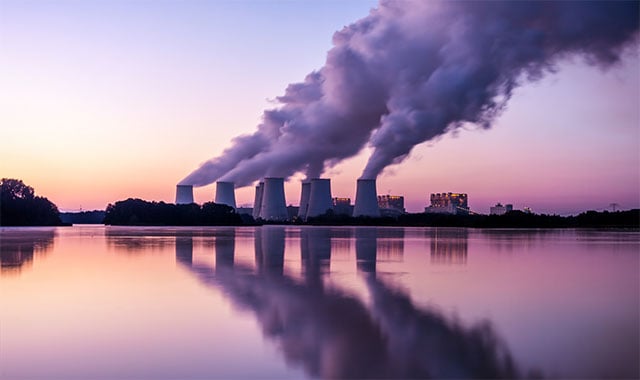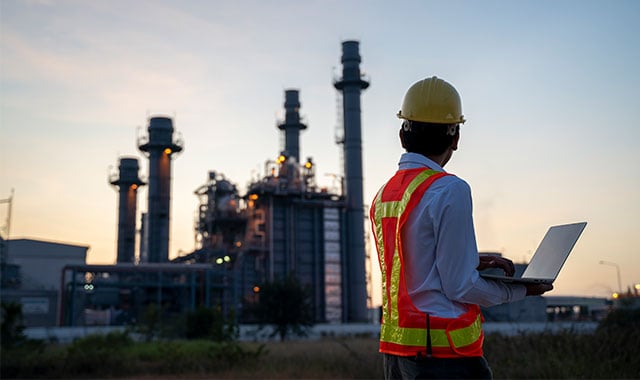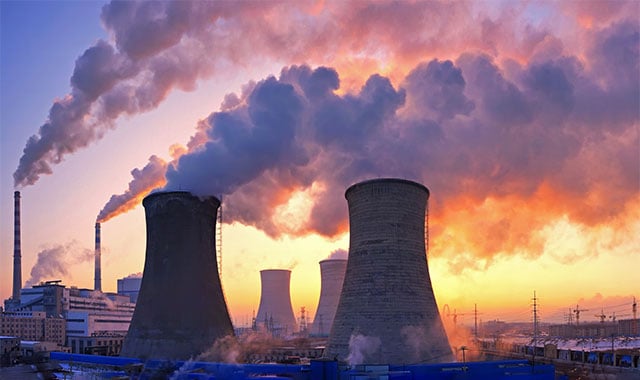Two-Decade Project Paves the Way for Large-Scale Carbon Capture & Storage
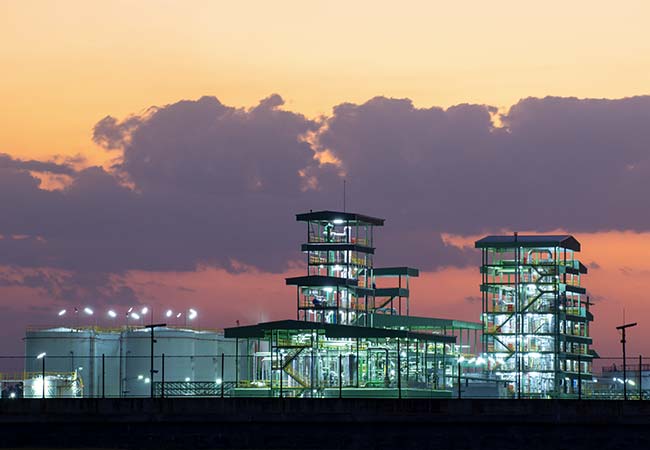
What do you call the capture and sequestration of more than 2 million tons of carbon dioxide? A good start.
The Midwest Regional Carbon Sequestration Partnership (MRCSP) – a U.S. Department of Energy (DOE) project that spanned two decades – has laid the groundwork for commercial-scale deployment of carbon capture and storage technologies that may help mitigate climate change challenges. The project wrapped up this year and the results are encouraging.
Why Capture Carbon?
The aim of carbon capture, utilization and storage (CCUS) is to reduce overall greenhouse gas emissions by capturing carbon dioxide (CO2) and safely storing it in underground reservoirs or using it for other purposes, such as enhanced oil recovery (EOR). CCUS projects collect carbon emissions from large point sources, including oil & gas operations, power plants, refineries, cement plants and steel mills. These large emitters produce more than 100,000 metric tons of carbon annually at a single site.
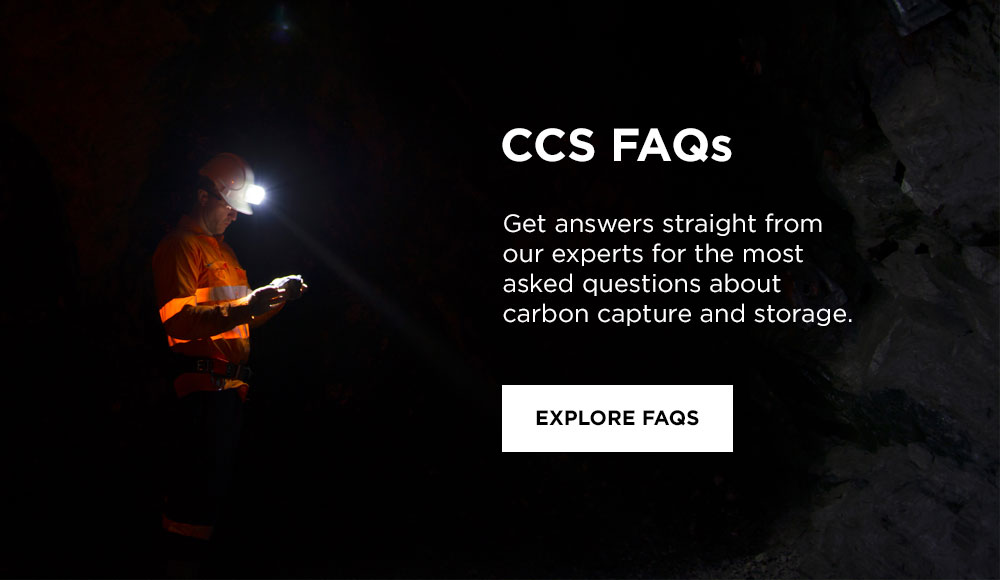
Battelle and the Legacy of MRCSP
In 2003, Battelle was named the lead for the MRCSP, a collaboration of 40 government, industry and university partners. The program was primarily funded by the DOE’s Fossil Energy program through the National Energy Technology Laboratory, with additional funding from the Ohio Coal Development Office, Core Energy, and other partners. The MRCSP region originally included seven contiguous states: Indiana, Kentucky, Maryland, Michigan, Ohio, Pennsylvania and West Virginia. It later expanded to include New York, New Jersey, Delaware and Illinois.
Battelle led MRCSP through three phases of research, development and deployment.
- Phase I (Characterization: 2003-2005) identified sources of CO2 emissions in the region, assessed the storage potential of deep geologic reservoirs, and identified locations for the first demonstration projects. This phase also gathered critical information about technology deployment, regulations, safety, economics and public acceptability and identified locations for Phase II field demonstration projects.
- Phase II (Validation: 2005-2010) took the work further through a series of three pilot-scale field validation tests in distinct geologic provinces to demonstrate sequestration potential and advance knowledge of sequestration technologies. The technical knowledge gained during these real-world tests provided a basis for later large-scale projects.
- Phase III (Development: 2008-2019) continued through large-scale field testing and other activities to prepare for commercial-scale application of CCUS technologies and methods. Large-scale geologic field tests in the Michigan Basin have successfully injected 1.3 million metric tons of CO2 into deep geologic reservoirs for enhanced oil recovery (EOR) and long-term storage.
Overall, more than two million metric tons of CO2 were successfully captured and stored over the course of the project. The initiative also demonstrated that both long-term geologic storage of CO2 and utilization for EOR are technically and economically feasible in the MRCSP region.
Read the full MRCSP case study.
In early 2021, MRCSP was officially concluded. The research from the nearly two-decade program has now been made available to the public through the MRCSP Research Library.

Moving CCUS into the Future: MRCI
Now, many of the original partners—and a few new ones—are putting the lessons learned from MRCSP to work to ramp up CCUS to commercial scale. The Midwest Regional Carbon Initiative (MRCI), led by Battelle and the Illinois State Geological Survey, supports CCUS projects across the Midwest, Northeast and Mid-Atlantic United States, including Iowa, Wisconsin, Missouri, Illinois, Indiana, Michigan, Ohio, Kentucky, West Virginia, Pennsylvania, New York, New Jersey, Maryland, Delaware, Connecticut, Massachusetts, Vermont, New Hampshire and Maine.
The goal is to scale up new and existing CCUS sites and advance the Technology Readiness Level (TRL) of CCUS technologies to bring them to full commercial deployment.
The project study area includes more than one-third of large carbon point sources in the nation, which emit a combined 945 million metric tons of CO2 annually. More than a dozen pilot or full-scale CCUS projects have already been conducted in the participating states. Over the next five years, MRCI will continue to support and study these existing projects, support the development of new CCUS projects, and advance CCUS methods and technologies.
The United States—along with the rest of the world—is in the midst of an energy transition, as renewable energy sources take on a larger portion of the energy portfolio. However, coal fired power plants, oil fields and natural gas will continue to play a large role for decades to come. CCUS could be deployed to reduce the carbon footprint of petroleum-based energy as well as large industrial point sources such as steel mills and cement plants. Safely storing carbon back in the ground will reduce overall greenhouse gas emissions and could be an important tool for climate change mitigation.
Getting there will require development of many more CCUS storage sites—which could create thousands of jobs across the MRCI region. Battelle and MRCI are leading the way in developing methods and technologies for CCUS reservoir modeling, site characterization and qualification, operations and monitoring. We are ready to put these methods and technologies into action for our energy and industry partners. Check out the MRCI website to stay up to date with the program.
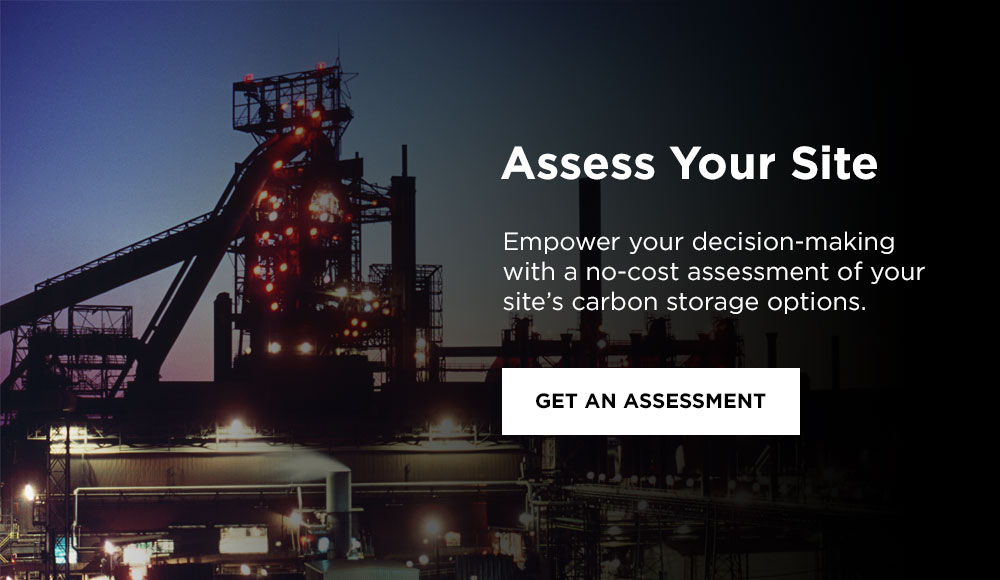
Related Blogs
BATTELLE UPDATES
Receive updates from Battelle for an all-access pass to the incredible work of Battelle researchers.

